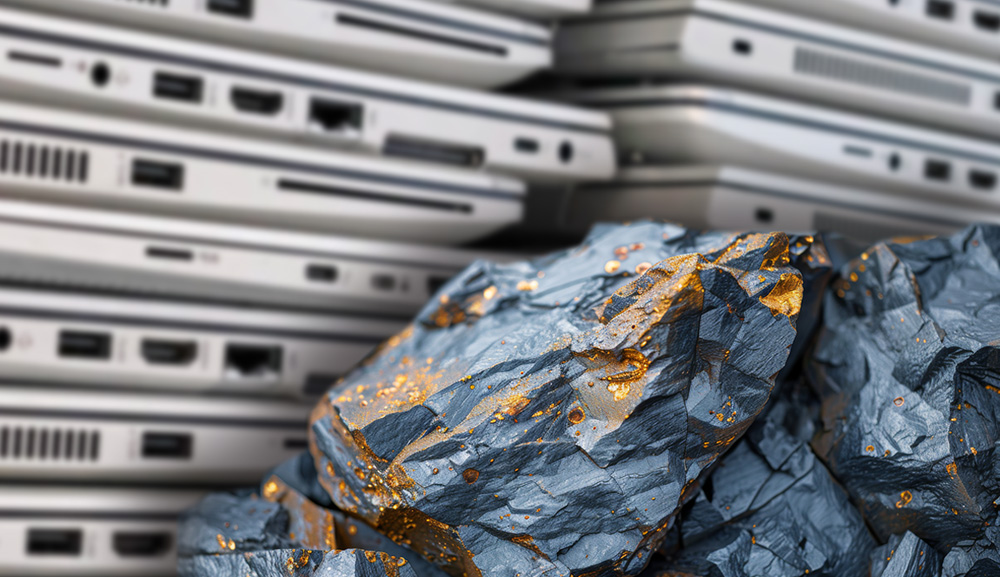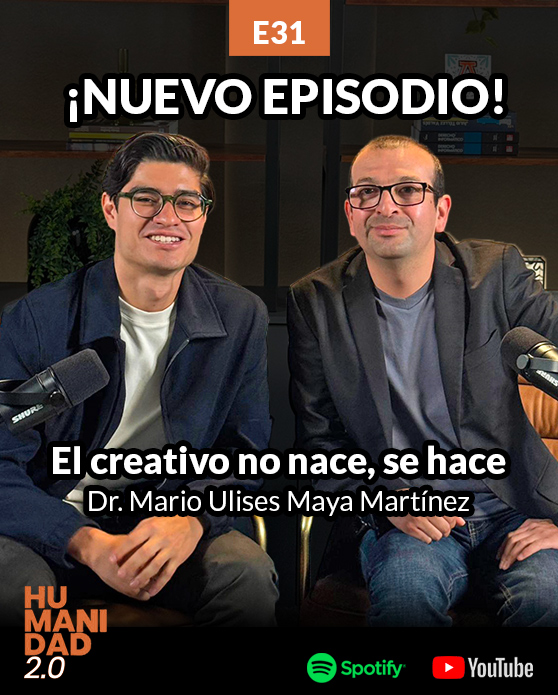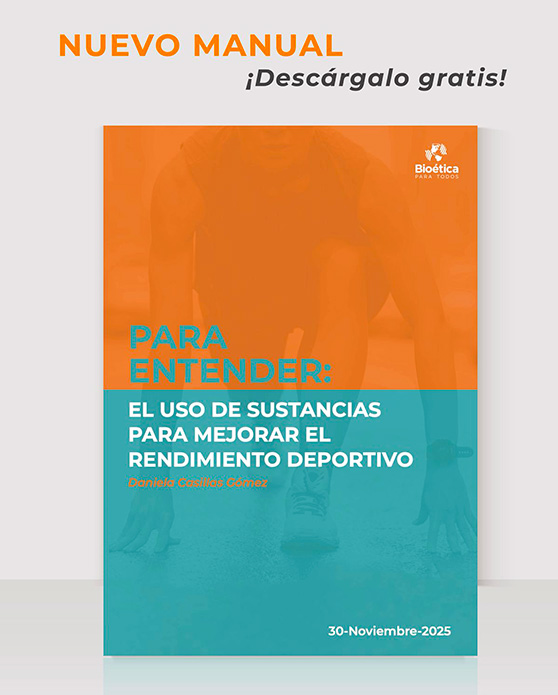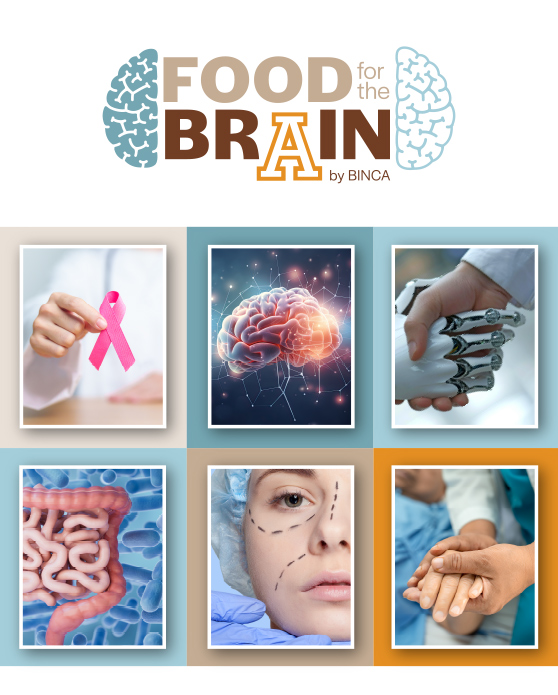
September 29, 2025
Author: Juan Manuel Palomares Cantero
Versión en español
Have you ever wondered what lies behind the screen of your phone or the computer you use every day? Coltan mining in the Democratic Republic of the Congo bluntly lays bare how human dignity can be violated i. Thousands of people, including children ii, work in makeshift mines, with long shifts, a constant risk of cave-ins, and no protection against contaminants. This is not merely a labor problem: from the perspective of human rights and bioethics, these conditions constitute a direct assault on life and physical integrity. Reducing a person to a mere means of production denies their intrinsic worth and contradicts fundamental principles of respect, justice, and recognition of bodily integrity.
To this is added the control that militias and armed groups exert over coltan-rich territories. The mineral becomes a source of financing for violence, while communities lose the ability to freely determine their own destiny. Children are pulled from school, families are displaced, and fear settles into everyday life. What should be a resource to spur development and the common good is transformed into a driver of poverty and war, where immediate economic gain overrides justice and solidarity.
Although international initiatives have sought to bring greater transparency to mineral extraction, corruption, smuggling iii, and institutional fragility have limited their reach. This failure reveals a serious lapse in subsidiarity: instead of equipping and protecting local communities, a global indifference persists that perpetuates injustice. Therefore, more than a technical or economic matter, coltan becomes an uncomfortable mirror: it reminds us that the technology we use daily is not disconnected from the lives and dignity of those who suffer in its extraction iv.
Cooperation with Evil
This reality leads us to a deeper question: what role do we play in this chain of injustice? Ethics uses the category of cooperation with evil v to describe how a person can be implicated in unjust acts, directly or indirectly. A distinction is made between formal cooperation, when someone shares the intention of the wrongful act, such as a militia deciding to exploit children to finance itself, and material cooperation, when one contributes to the act without sharing its intention. It is in this latter sense that we consumers enter the picture: we do not desire the harm, but our purchasing decisions keep alive a system that causes it.
Ethical reflection also distinguishes between proximate and remote cooperation. The former occurs when one’s participation is very close to the act, as with a trader who buys coltan directly from an illegal mine. The latter occurs when the connection is more distant, as with a user who buys a phone without knowing the entire production chain. Although distance may lessen responsibility, it does not eliminate it. Human freedom is never indifferent: it is always called to opt for the good, and that choice is reflected even in what we consume.
Within this framework, those of us who use phones, computers, or tablets do not share the intention of those who exploit others, yet we do cooperate materially to the extent that our demand sustains that market. Moral responsibility is nuanced according to one’s proximity to the act and the alternatives available. Replacing a device out of mere whim is not the same as keeping it while it still works, or choosing options with stronger guarantees of justice. Cooperation with evil, even when remote, serves as an uncomfortable reminder: our freedom as consumers is never detached from the dignity of others vi.
Technological Consumption
Can the way we use technology be considered neutral? The answer is no. Every phone, computer, or tablet we use contains minerals whose extraction has, in many cases, been marked by injustice. Though the link may seem distant, it is real: everyday consumption is part of a global mechanism that can sustain dynamics of violence vii. We thus face an ethical dilemma: technology is indispensable for studying, working, and communicating, yet its production does not always respect human dignity or guarantee conditions of justice.
In this context, two levels of responsibility can be distinguished. The first is personal, which entails becoming aware of our choices. Informing ourselves about what we purchase, avoiding superfluous consumption, and valuing use over fashion are gestures that, however modest, express our capacity to direct freedom toward the good. It is not about giving up technology, but about adopting it as a tool that also reflects our ethical convictions.
The second level is collective and structural. No single consumer can transform such a large market, but joint action can drive real change. Social and civic pressure can demand greater transparency from companies and governments, reliable certifications, and legal frameworks that protect mining communities. Here subsidiarity and justice take on force: institutions must not remain neutral, but act on behalf of those who bear the greatest burden in this chain. Seen in this light, technological consumption ceases to be a routine act and becomes a space where our shared responsibility is at stake.
Proportionality
If we accept that our choices are not neutral, the next step is to ask how to evaluate their moral weight. Is changing one’s phone every year really the same as keeping it for several more? Ethics reminds us that not all decisions have the same value. Compulsive consumption, driven solely by fashion or novelty, directly increases pressure on resources and contributes to the perpetuation of unjust practices viii. On the other hand, choosing to space out replacements and to make the most of what we already have reflects a different stance toward the world: a greater awareness that our individual actions have collective repercussions.
Proportionality also requires that we examine our attitude toward available information. Pretending not to know where minerals come from is a way of reinforcing impunity. Indifference, even a silent one, legitimizes a system that denies basic rights. In contrast, seeking transparency, attending to corporate policies, and supporting responsible trade practices are signs of a real commitment to justice and human dignity. Here the principle of subsidiarity invites us to recognize that even the smallest actions have a place in building the common good.
Finally, proportionality reminds us that awareness multiplies responsibility. Those who already know these realities cannot take refuge in innocence. Human freedom is called to orient its choices toward the good, and that orientation is expressed not only in grand gestures but in the ordinary: in how we use, maintain, and value technology. In the end, every daily decision opens or closes possibilities of justice for others.
Recommendations
Faced with this landscape, an inevitable question arises: what can we do in the face of a problem as large as exploitation linked to coltan? The answer is not to give up, but to act from the different levels of our personal and social lives. Even though each person’s circumstances differ, some replace their devices often because they can, others keep them out of necessity, the ethical principles are universal. We all participate in this global consumption, and we all have the ability to recognize when something is unjust. For this reason, human dignity calls for concrete responses.
On the personal level, every decision counts. The issue is not to do without technology, but to integrate it into life more consciously: to ask what we truly need, to value durability over fashion, and to recognize that even small choices reflect our responsible freedom. Acting consistently strengthens a culture of respect and opens spaces for solidarity.
On the institutional level, the horizon broadens. Universities, companies, churches, and social organizations can be spaces for awareness and formation. It is not enough to teach how to use digital tools; it is necessary to foster critical awareness of their ethical and social backdrop. In this way, subsidiarity is realized as accompaniment that helps people exercise their freedom better in favor of the common good.
Finally, on the political-legal level, responsibility becomes structural. Governments and international bodies have the duty to guarantee traceability, punish illegal trade, and promote transparency throughout the supply chain. This is not a voluntary gesture, but an obligation of justice and solidarity with those who bear the weight of exploitation. Only with strong institutions and vigilant citizens can technological development be authentically oriented to the service of the person and not to their sacrifice.
Conclusion
The latest technological trend may entice us with shine and novelty, but behind every device there may be lives marked by exploitation. Even if our cooperation with evil is remote, it is not innocent: every consumer choice helps sustain, or transform, this system. Human dignity reminds us that there is no possible neutrality when what is at stake is the lives of children, families, and entire communities. The challenge is not to renounce technology, but to use it with responsible freedom and to demand justice and solidarity in its production. The ethical challenge of our generation is to integrate digital innovation with the unwavering respect for the person. Only then can technology be a true instrument of human development, and not a luxury built on the suffering of others.
Juan Manuel Palomares Cantero is a lawyer with a master’s and a PhD in Bioethics from Universidad Anáhuac, Mexico. He has served as Director of Human Capital and as director and general coordinator at the Faculty of Bioethics. He is currently a researcher in the Academic Directorate for Integral Formation at the same university. He is a member of the Mexican National Academy of Bioethics and of the Latin American and Caribbean Federation of Bioethics Institutions. This article was assisted in its drafting by the use of ChatGPT, an artificial intelligence tool developed by OpenAI.
The opinions expressed in this blog are the sole responsibility of the authors and do not necessarily represent CADEBI’s official position. As an institution committed to inclusion and plural dialogue, CADEBI promotes and disseminates a diversity of voices and perspectives, convinced that respectful, critical exchange enriches our academic and educational work. We value and encourage any comments, responses, or constructive critiques you wish to share.
1. Gockel, J.-C., & Muhindo, T. J. M. (Directores). (2022). Coltan-Fieber: Connecting People [Documental, Alemania, República Democrática del Congo]. Peaches & Rooster.
2. Ojewale, O. (2021, 18 de octubre). Child miners: The dark side of the DRC’s coltan wealth. ISS Africa.
3. Levinson, R., Lewis, D., & Rolley, S. (2025, 3 de julio). Major Rwandan coltan exporter bought smuggled Congolese minerals, a UN report says. Reuters.
4. Why it’s hard for Congo’s coltan miners to abide by the law. (2021, 21 de enero). The Economist.
5. Agulles Simó, P. (2006). Principios teológicos sobre la cooperación al mal y objeción de conciencia. En La objeción de conciencia farmacéutica en España (pp. 249–280). Edizioni Università della Santa Croce.
6. Sgreccia, E. (2009). Manual de bioética: Fundamentos e ética biomédica. Principia Editora.
7. Zuboff, S. (2019). The age of surveillance capitalism: The fight for a human future at the new frontier of power. New York: PublicAffairs.
8. Sandel, M. J. (2012). What money can’t buy: The moral limits of markets. New York: Farrar, Straus and Giroux.
Más información:
Centro Anáhuac de Desarrollo Estratégico en Bioética (CADEBI)
Dr. Alejandro Sánchez Guerrero
alejandro.sanchezg@anahuac.mx





